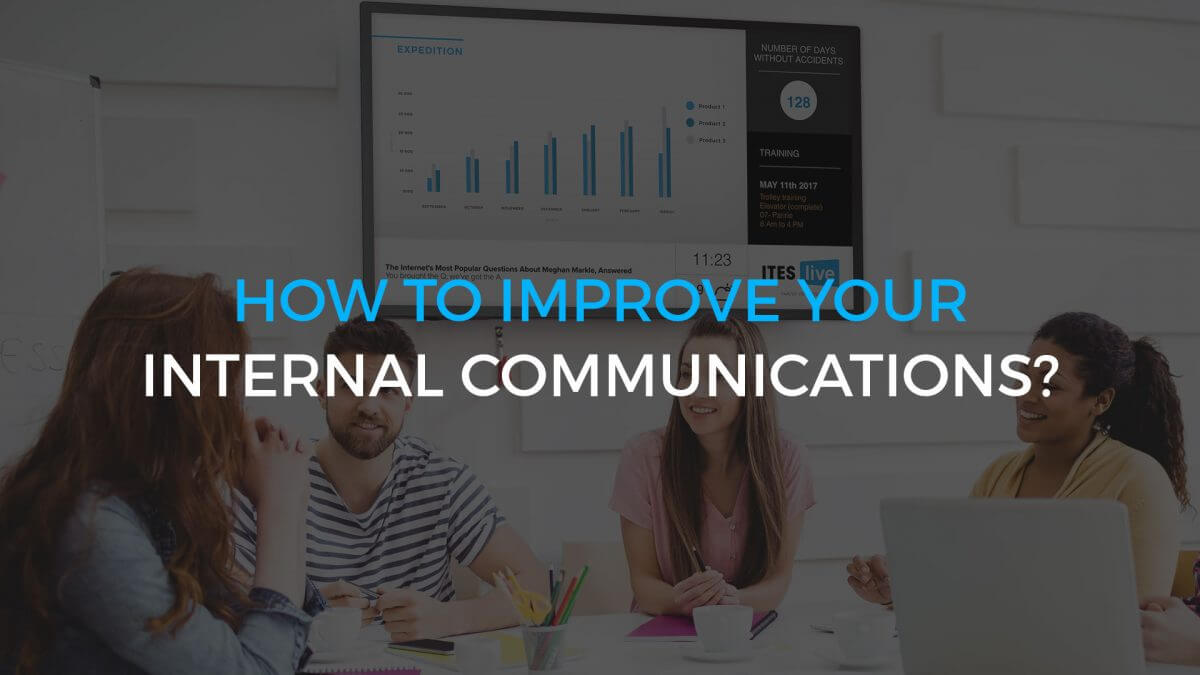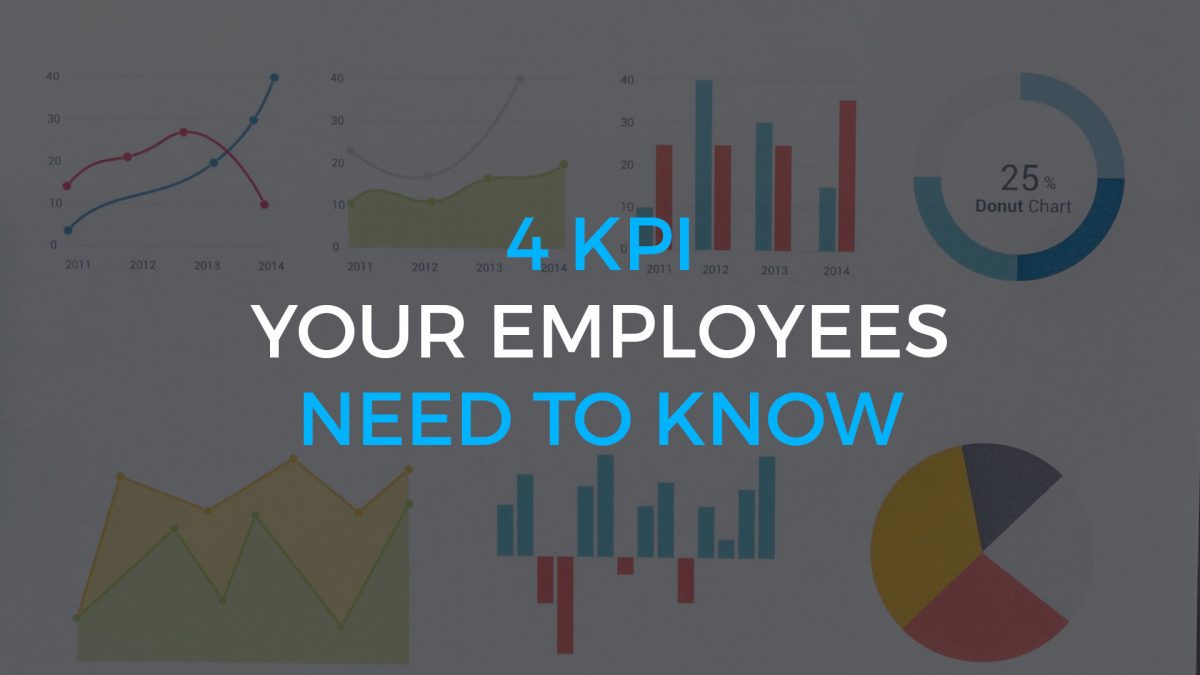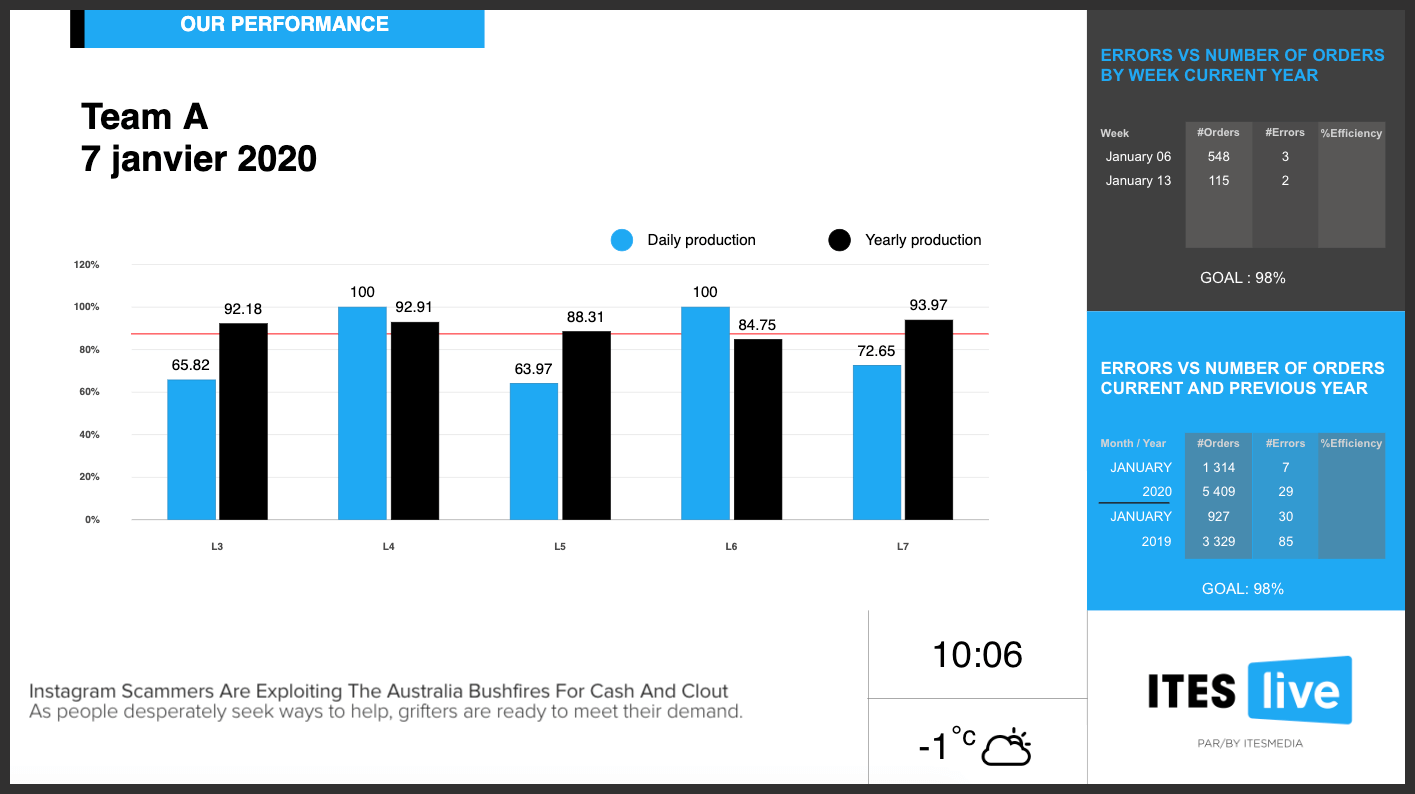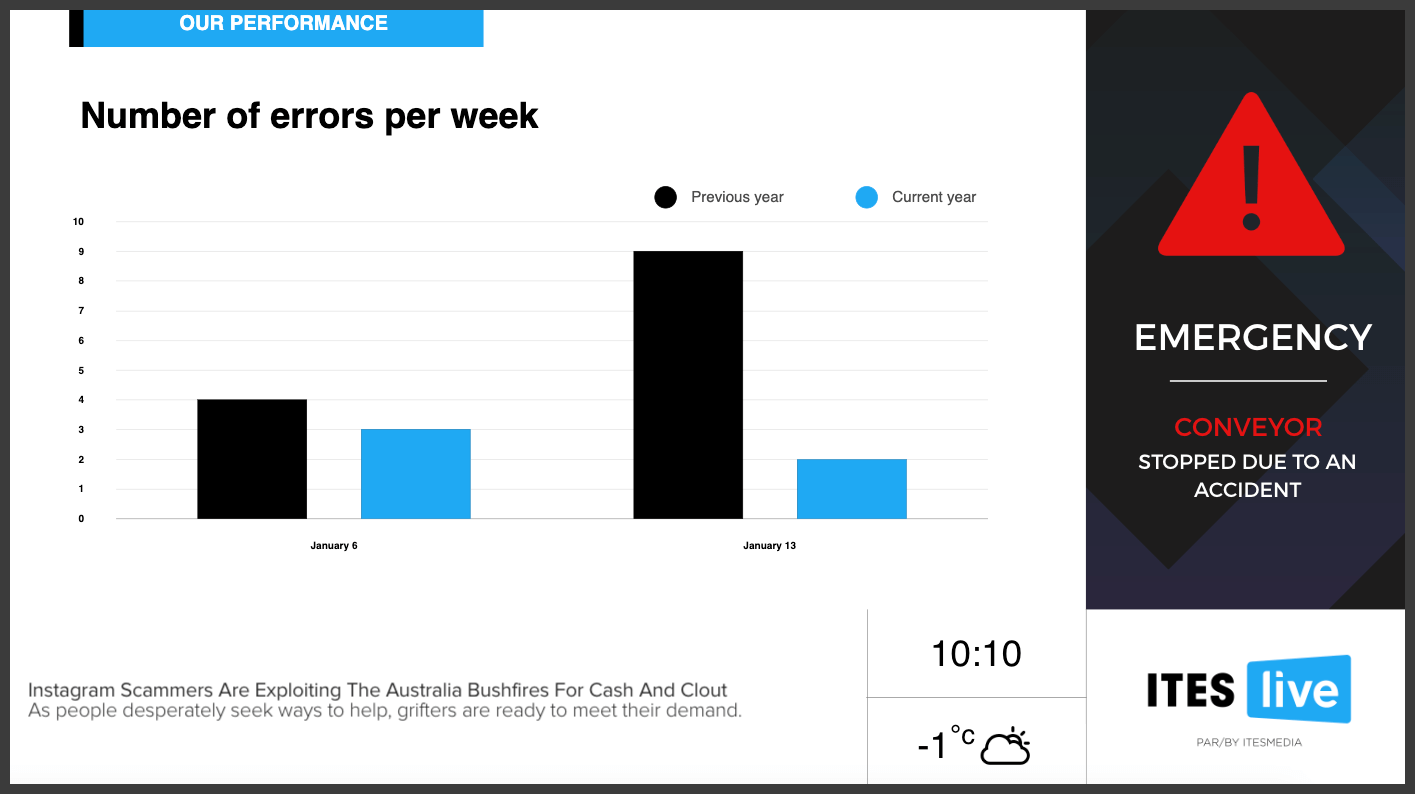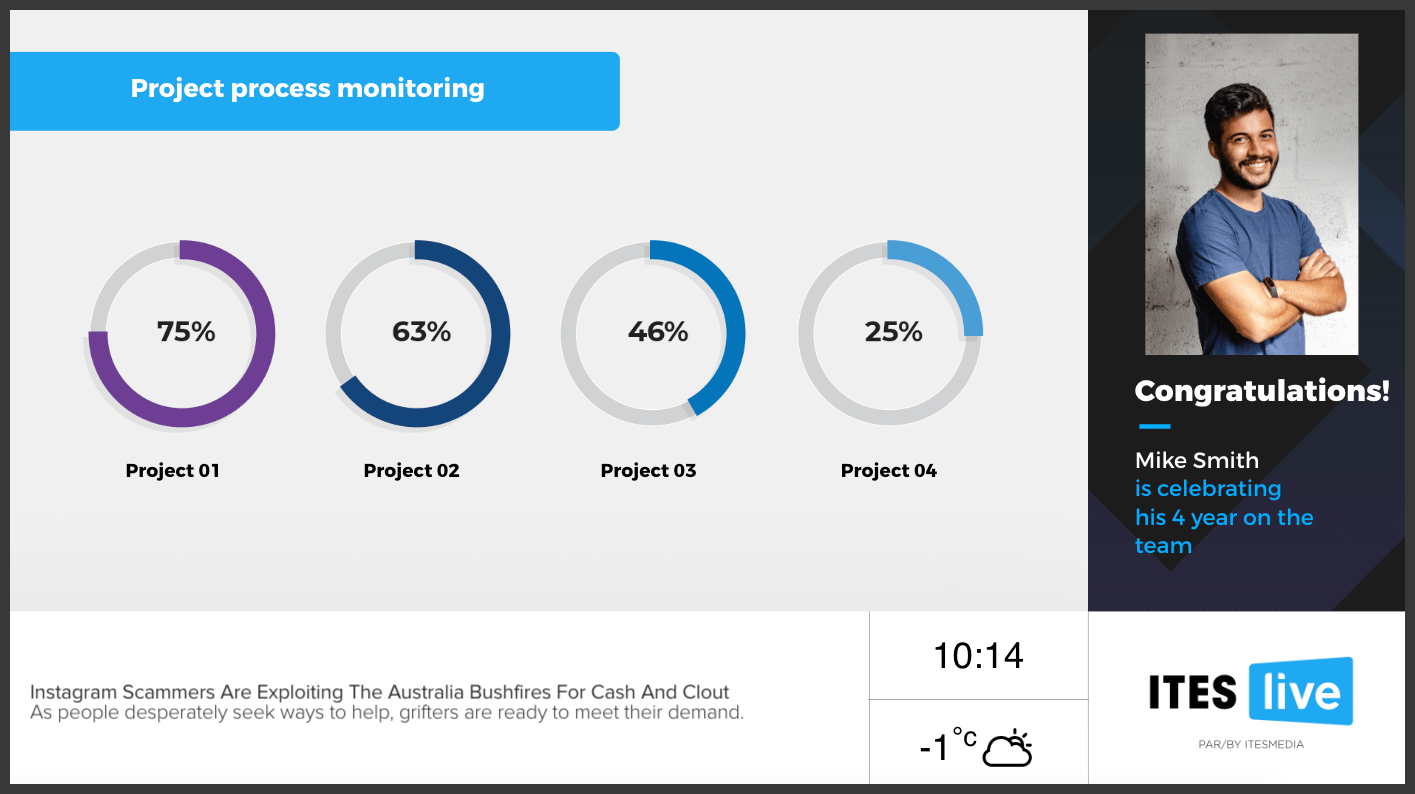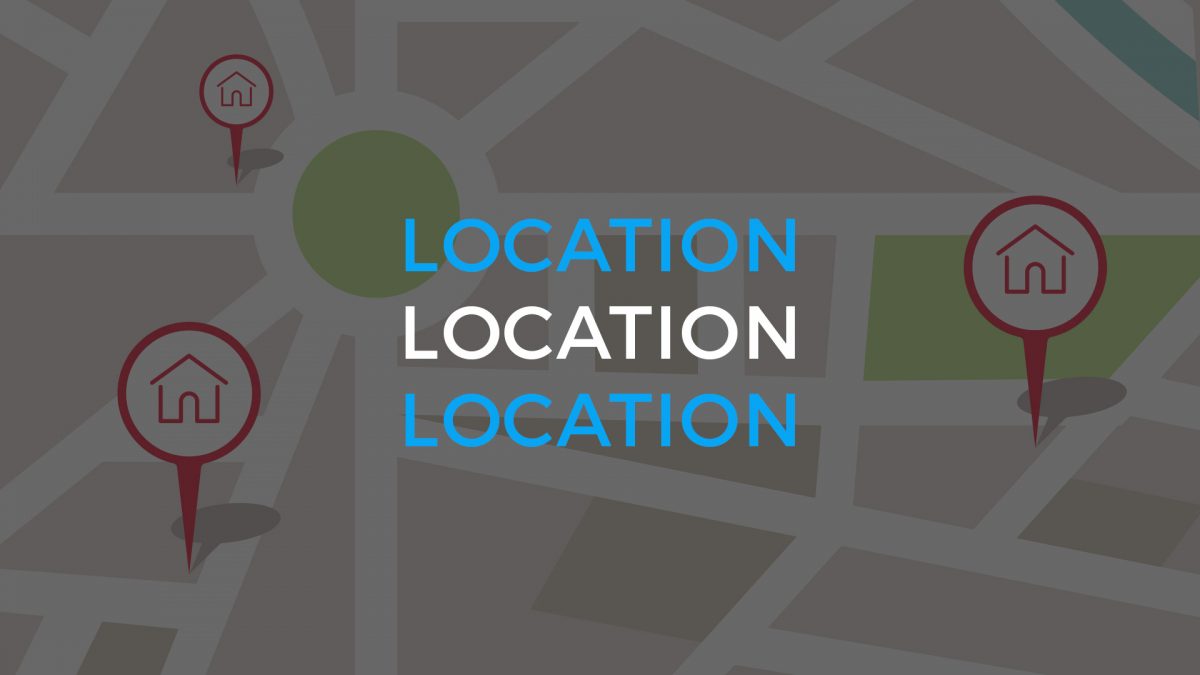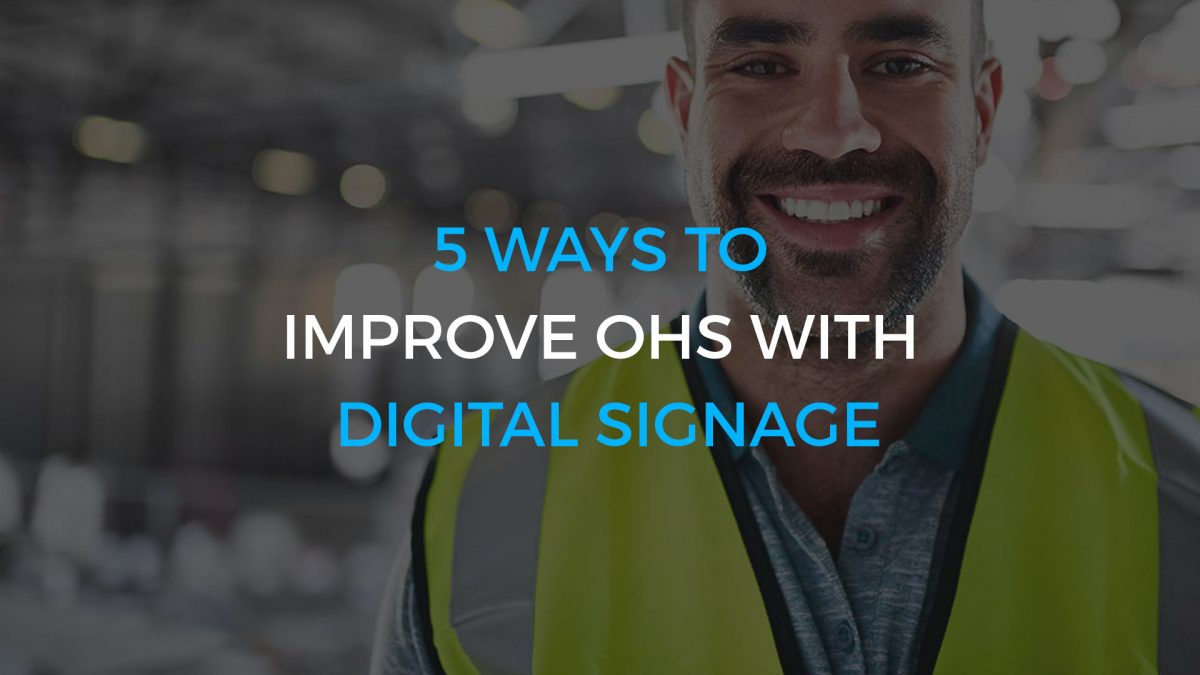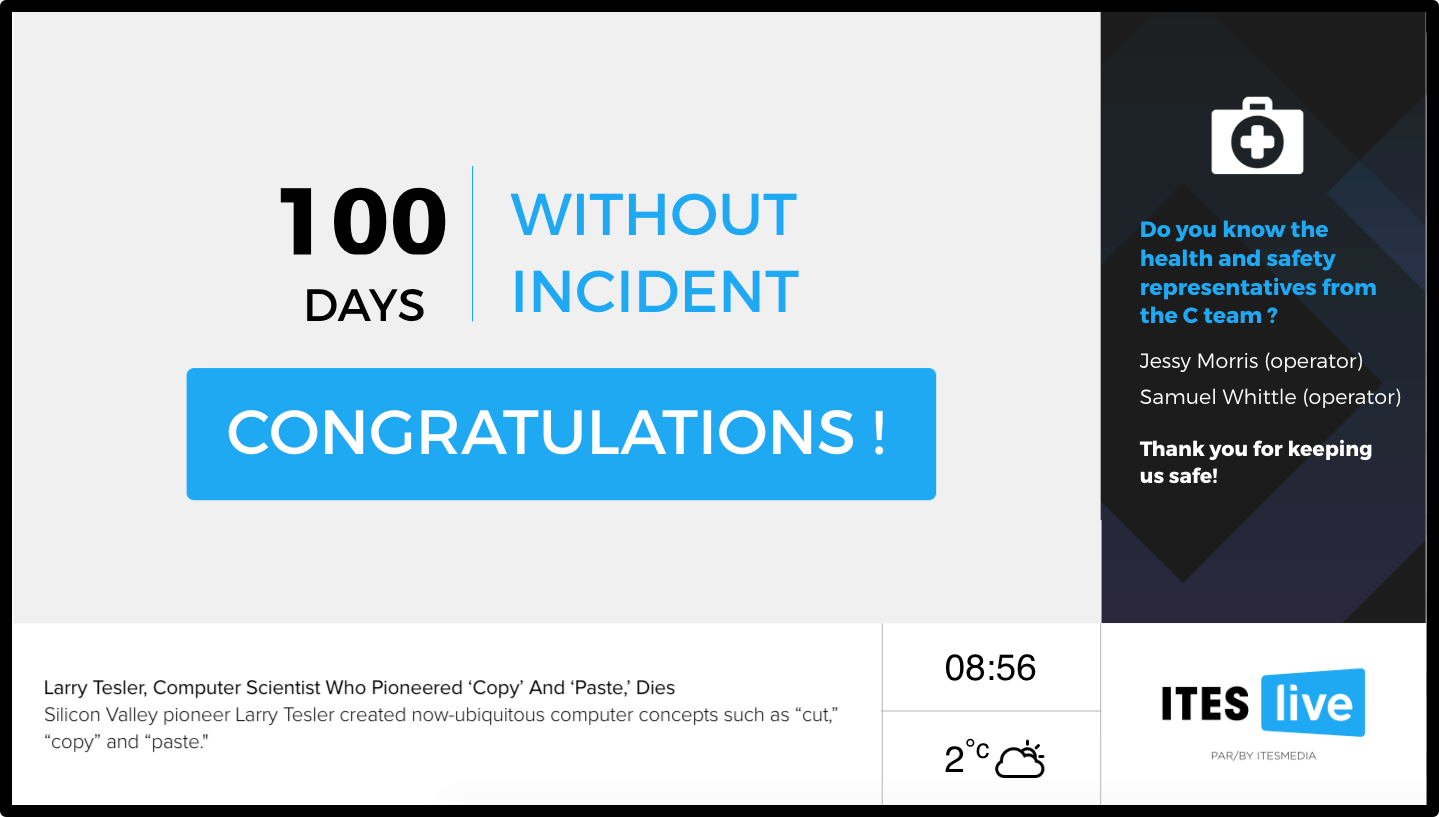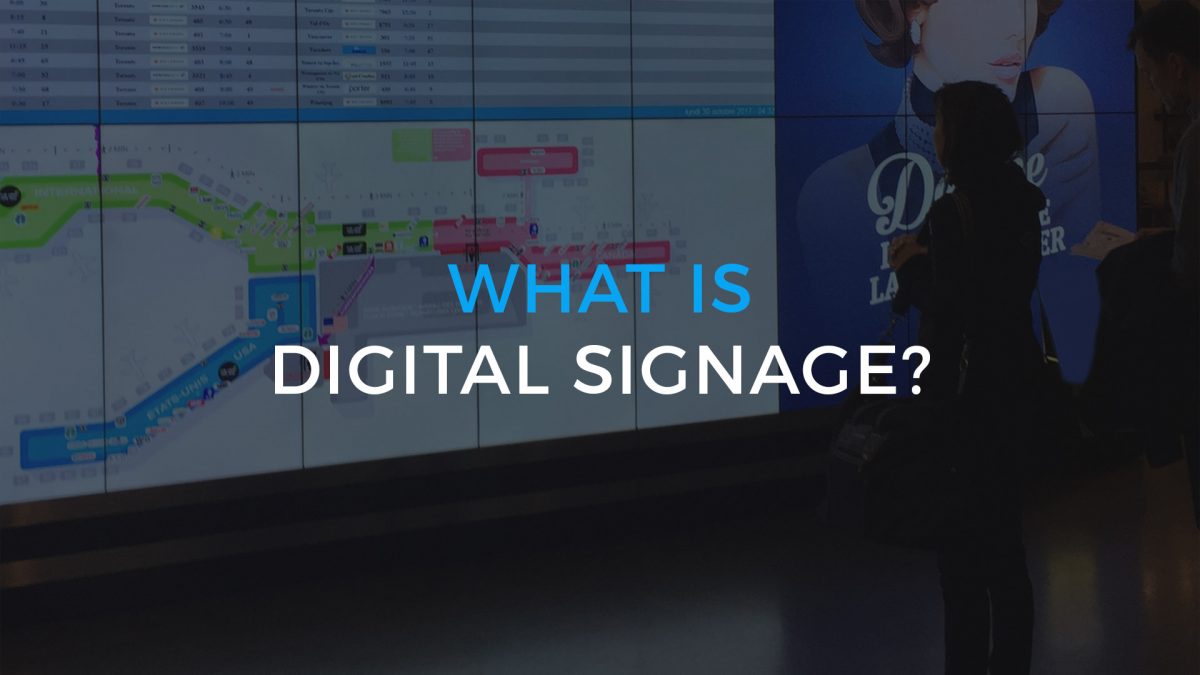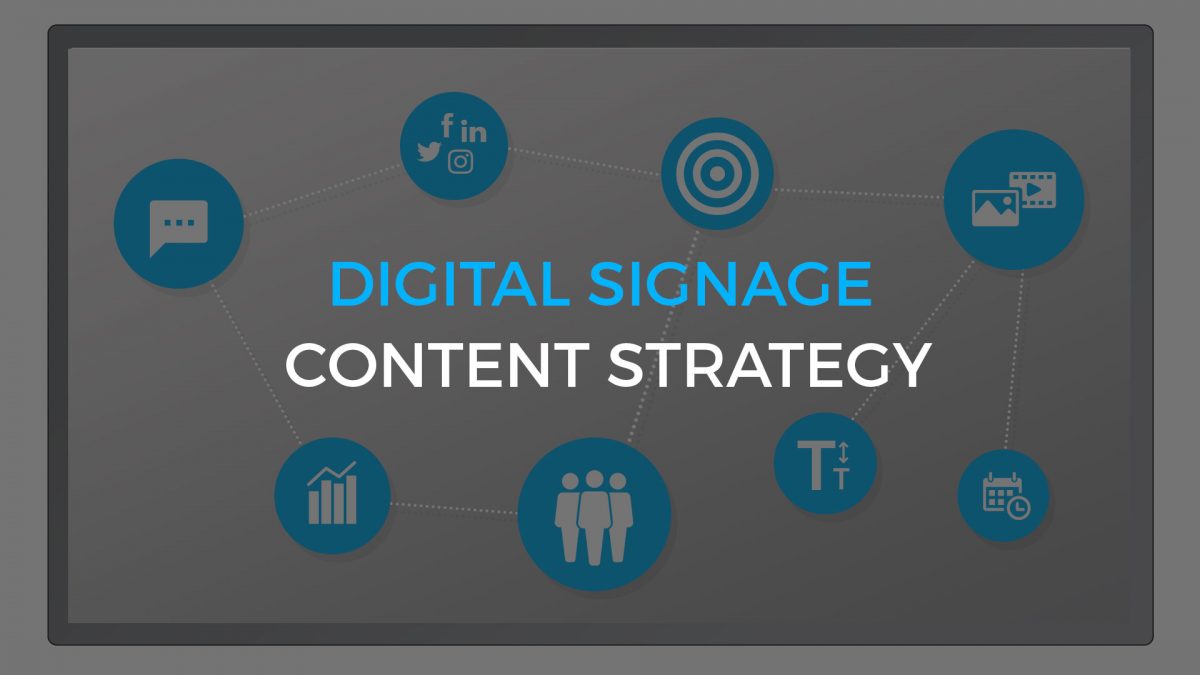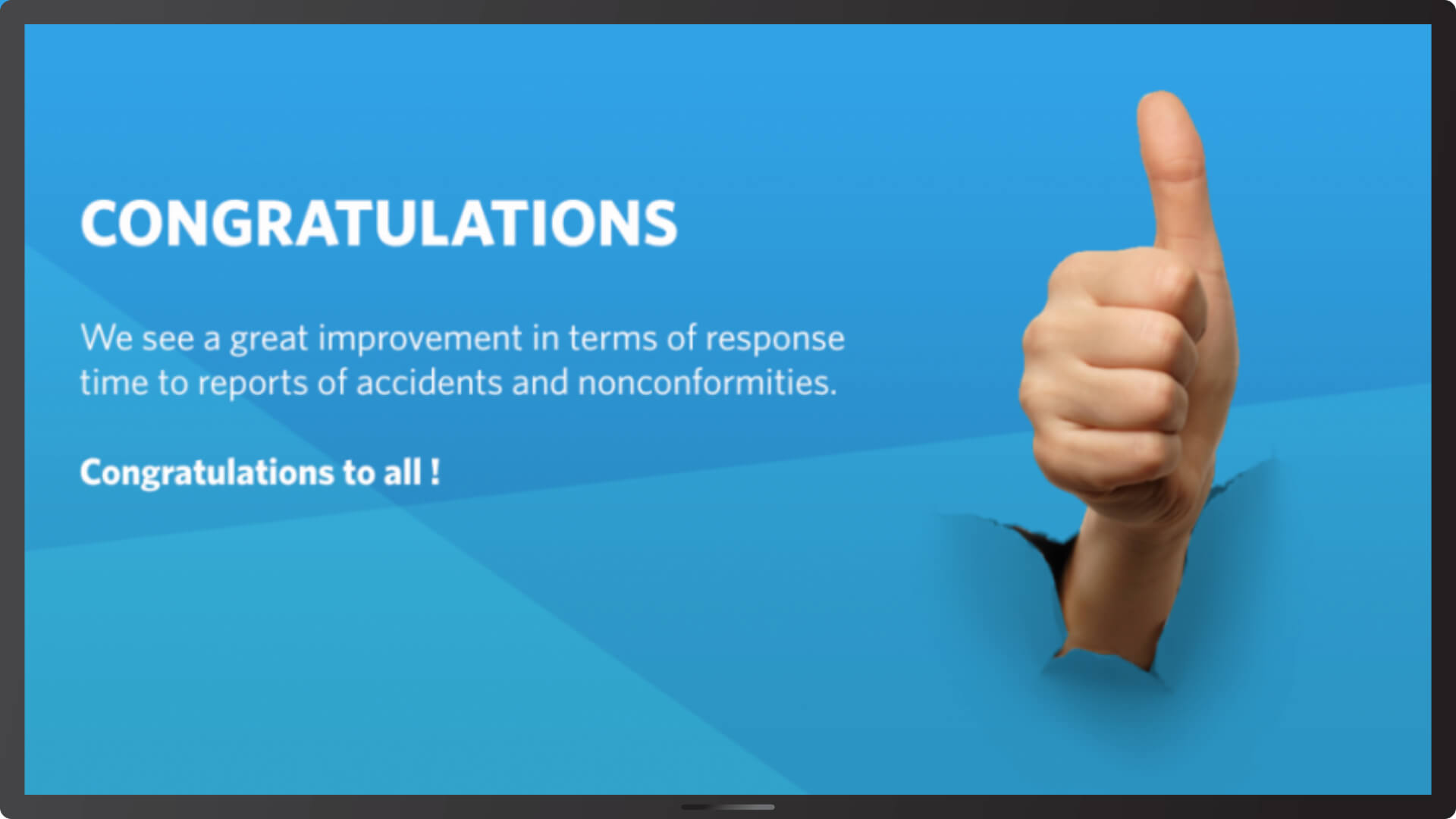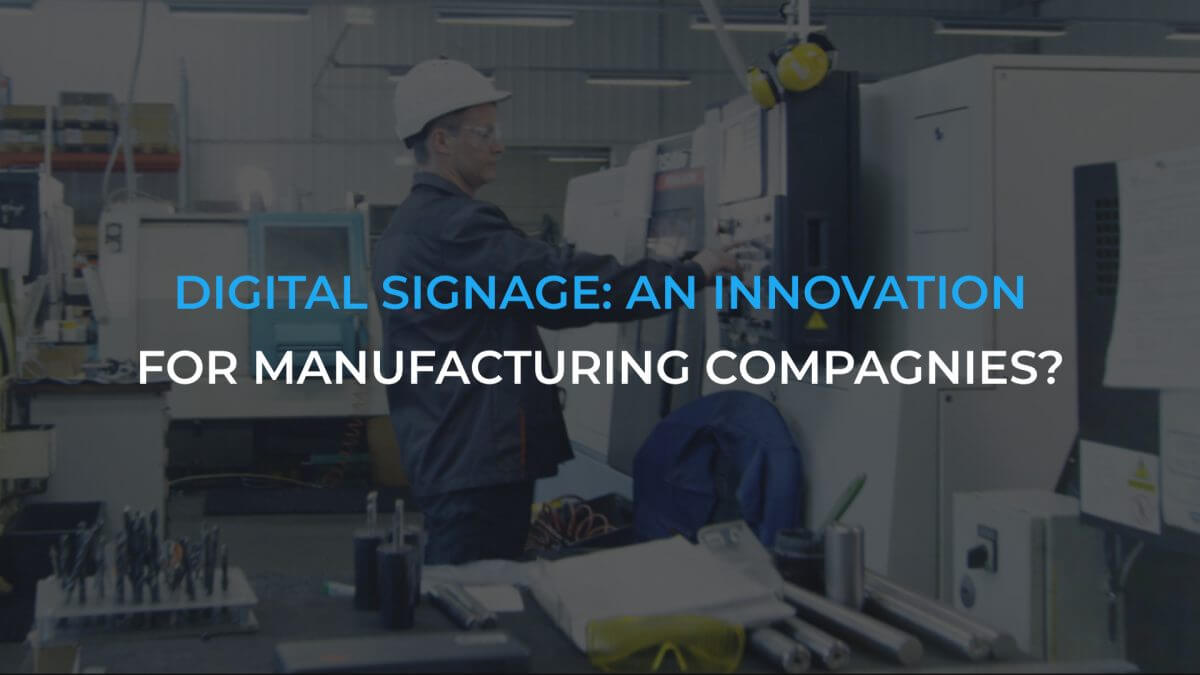Are you satisfied with your company’s internal communications? What measures have you taken to make them better? Few companies have bragging rights when it comes to internal communications, which can be a real challenge and keep your business from running smoothly.
According to the State of the Sector 2018 report, an employee engagement and internal communications survey conducted annually by Gatehouse, face-to-face communications are the most effective way to communicate within an organization. Digital channels, such as digital signage and email, follow close behind in effectiveness, but are often easier and cheaper to use.
Dynamic digital signage is gradually proving its worth to companies and is being used more and more to broadcast messages. According to the same Gatehouse survey, 64% of companies in the North America now use digital displays to conduct internal communications.

Email and other digital channels such as an intranet and instant messaging are very popular methods for companies to share information. However, since many employees, especially in a factory or warehouse setting, do not have regular access to a computer, these digital channels can be rendered next to useless. Digital signage, on the other hand, can reach employees no matter where they are working and have a significant impact. Read on to learn more about five types of messages you can broadcast on digital displays to improve your internal communications.
1. Share Performance Indicators
Most businesses have databases that provide numerous real-time performance indicators. Sharing these kinds of data can be an effective way to increase employee engagement and motivation. A digital display network can be used to automatically broadcast these indicators company-wide. For example, manufacturing companies can share production goals and real-time production numbers with workers on the factory floor, while a real estate brokerage can display how many closings their agents have made.
4 KPIs your Employees Need to Know
In the example below, the chart data in the main zone and the number of days without accidents in the secondary zone are updated automatically by interfacing with the customer’s databases. In addition, events, such as upcoming trainings, can be broadcast automatically by integrating a calendar.

2. Highlight Employee Achievements
We know the value of positive reinforcement, but until now, we’ve lacked an appropriate means to display employee news and achievements in a way that has a positive effect on the entire organization. Digital signage is the perfect medium for showcasing employee successes. Has an employee recently pushed her limits during a sporting event? Has another exceeded all expectations on a special project? Has a colleague set himself apart by receiving a special certification? These are just a few examples of special accomplishments that deserve to be displayed on your screen network. Motivating employees by highlighting their achievements will have a significant positive impact on productivity, performance, and retention.

3. Play Educational Content
An interesting benefit of installing digital displays is the ability to add educational and prevention content into the display lineup. It’s an easy way to share how a new machine works, introduce new safety procedures, broadcast EHS reminders, and conduct dynamic training using a medium that can be viewed at any time of day. Using digital displays increases the chances that all your employees will see the information needed to keep operations running smoothly. Since the screens catch viewers’ attention and the content is played on a loop throughout the day, you maximize the likelihood that the information will be transmitted.
5 Ways to Improve OHS with Digital Signage
4. Broadcast Administrative and HR Messages
Instead of sharing administrative information by sending a mass email, why not display it on a screen? Screens can be used to notify employees about upcoming meetings, holidays, or policy changes. Management can also use them to wish employees a happy birthday or invite them to a social event.

5. Instill Company Culture
Publishing messages about the company’s values and mission can help improve the atmosphere in the workplace and ensure that employees are all on the same page. It can also instill customer confidence and loyalty in a company or organization.
Dynamic digital signage can be used in a variety of ways to improve your company’s internal communications. Use digital displays to:
- Broadcast customized messages to a specific place and audience,
- Provide employees with educational and training materials,
- Recognize the accomplishments of engaged employees, and
- Promote the company’s important values.
Are your current internal communications methods up to snuff? In the new era of smartphones, tablets, and smart watches, companies that avoid going digital will be left in the dust. How does your company effectively use internal communications tools? We want to know! If you would like to learn more about how ITESMEDIA can help you implement a digital signage solution, please get in touch.
